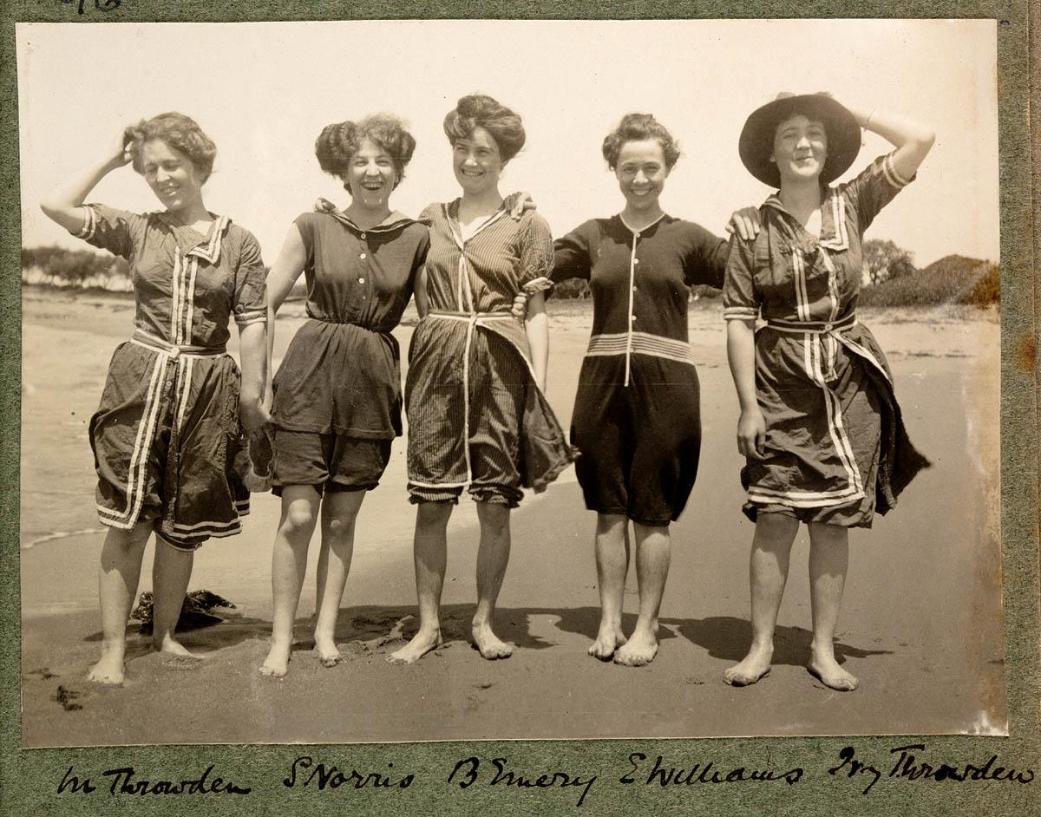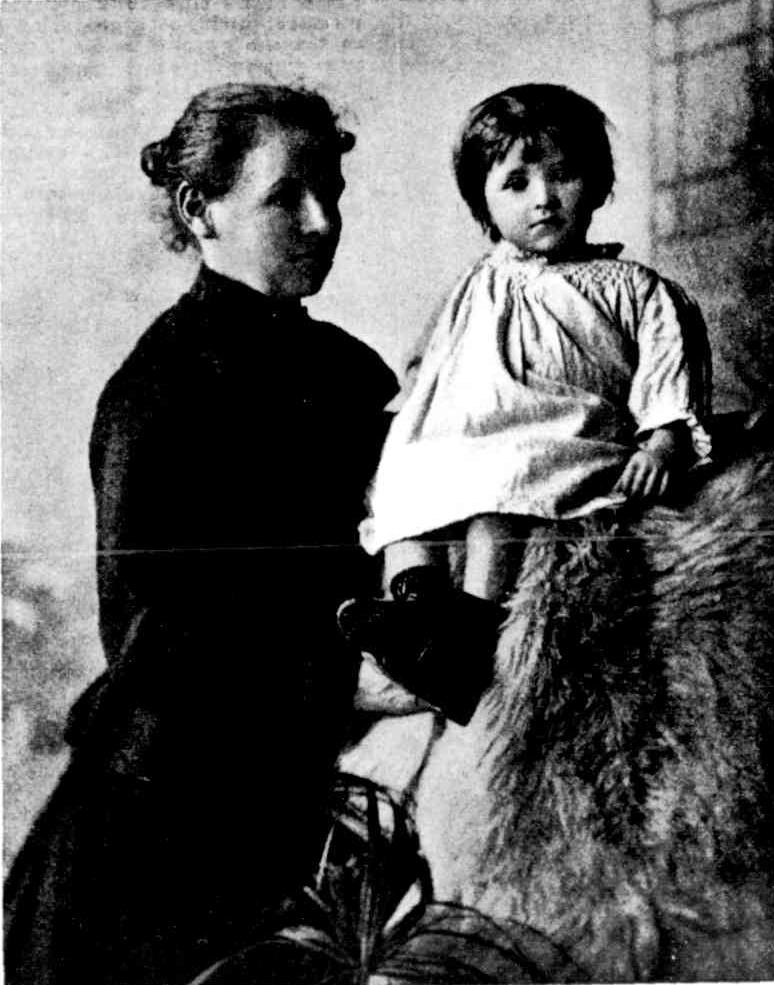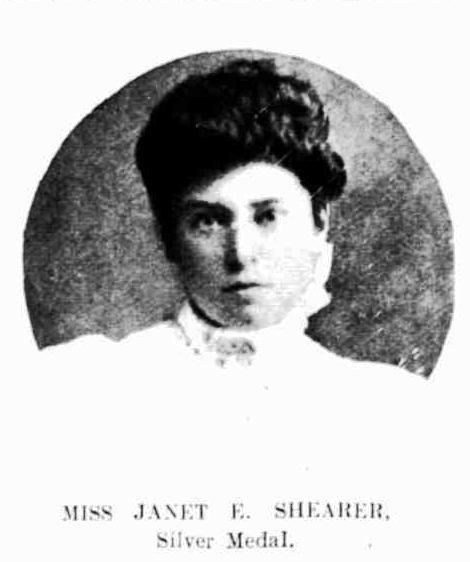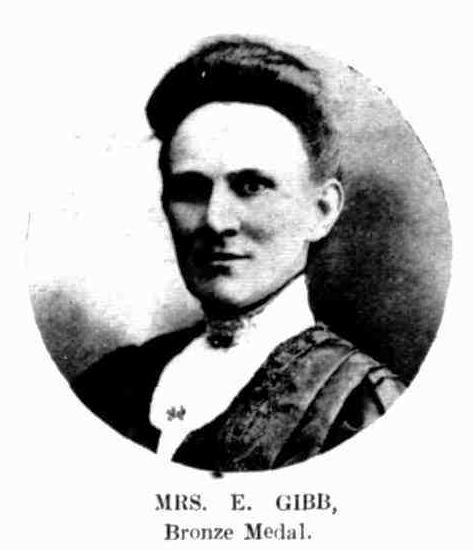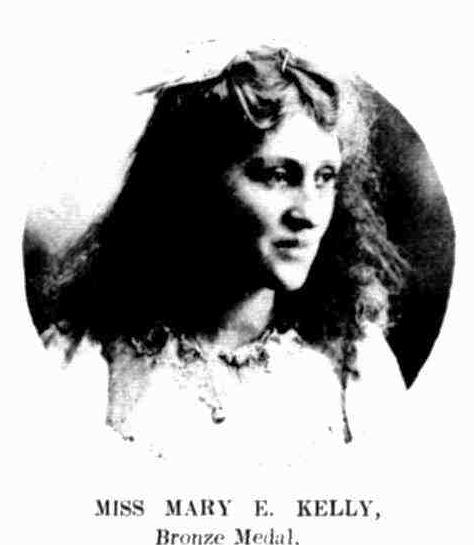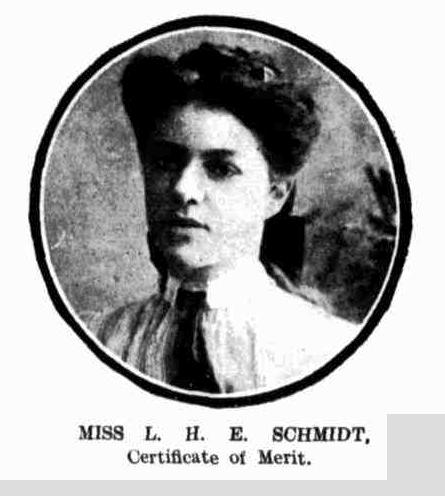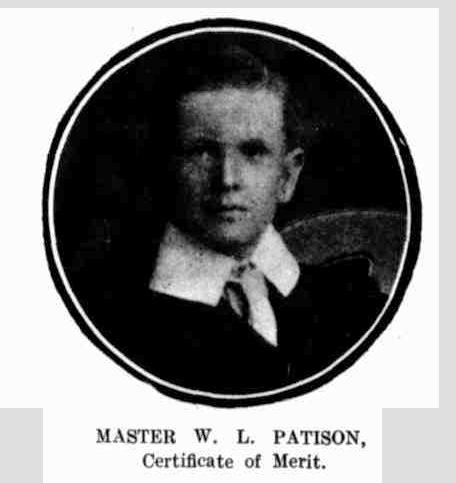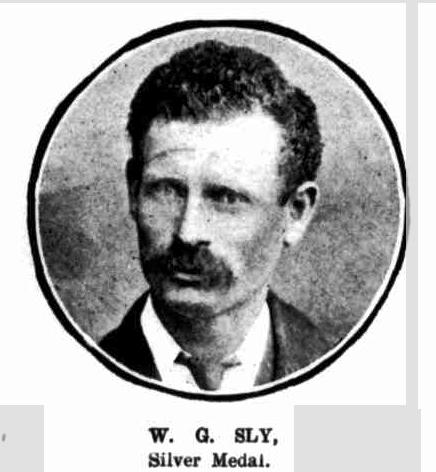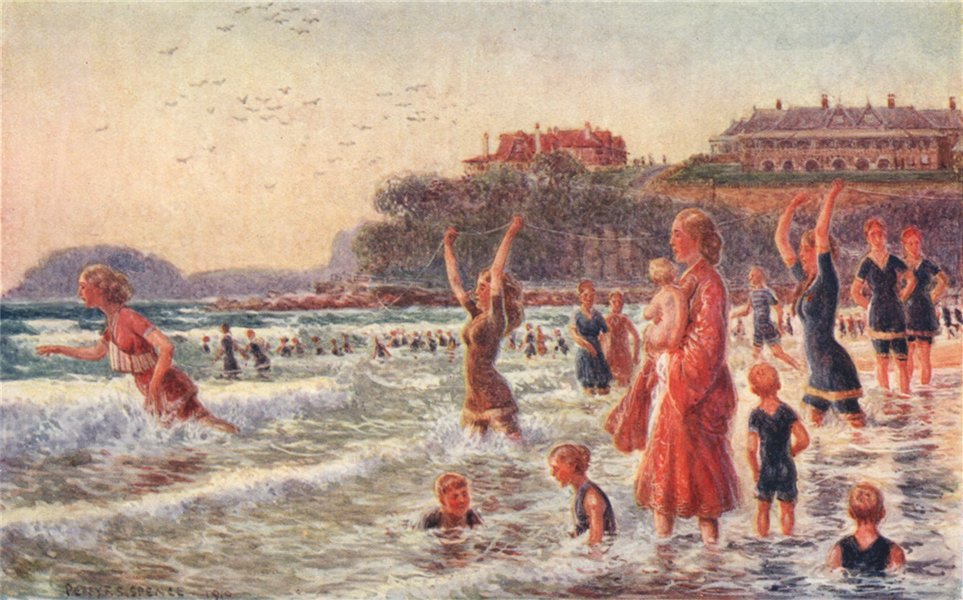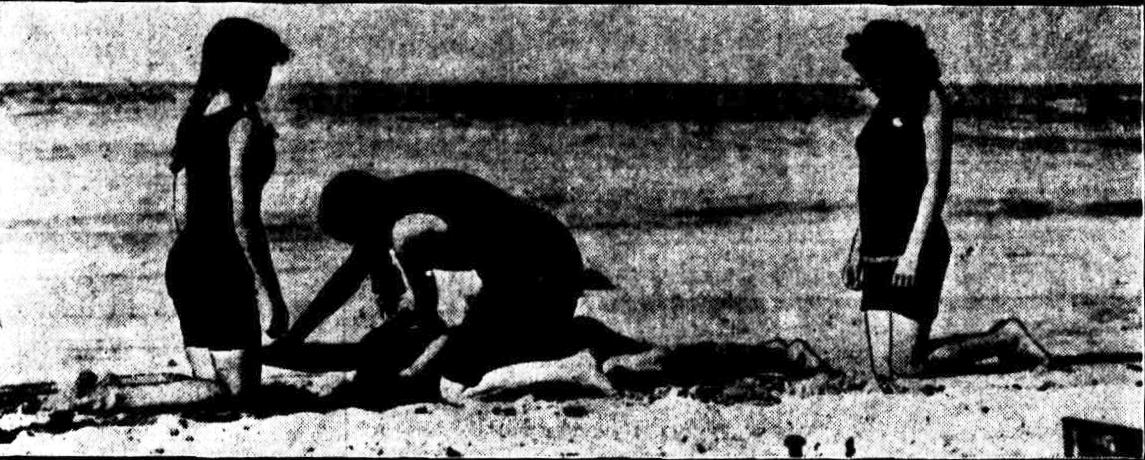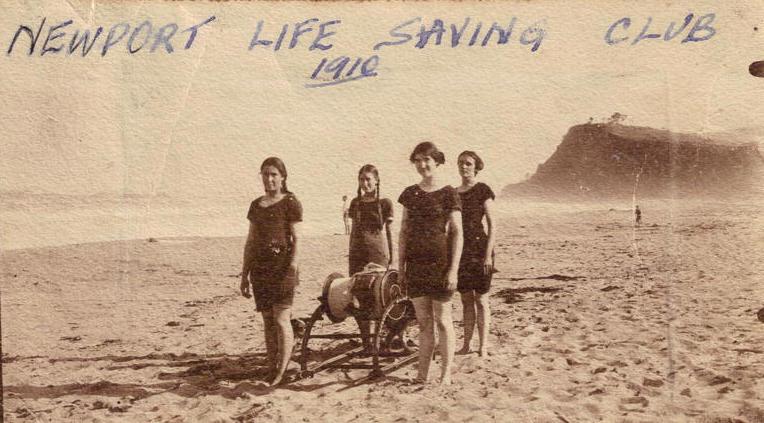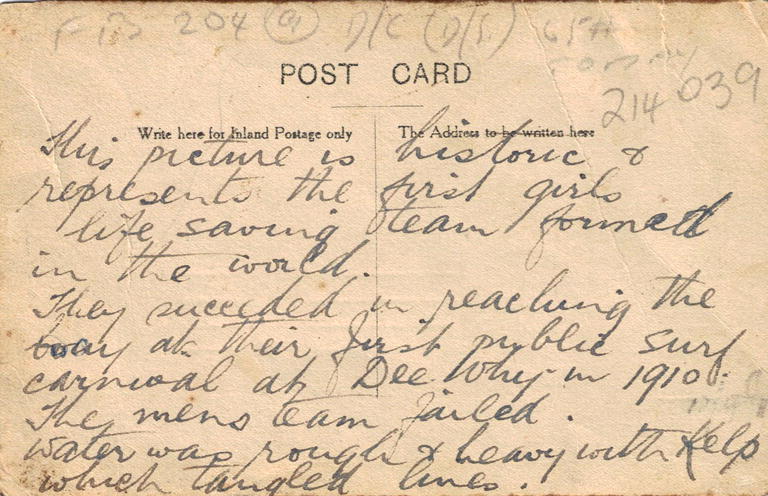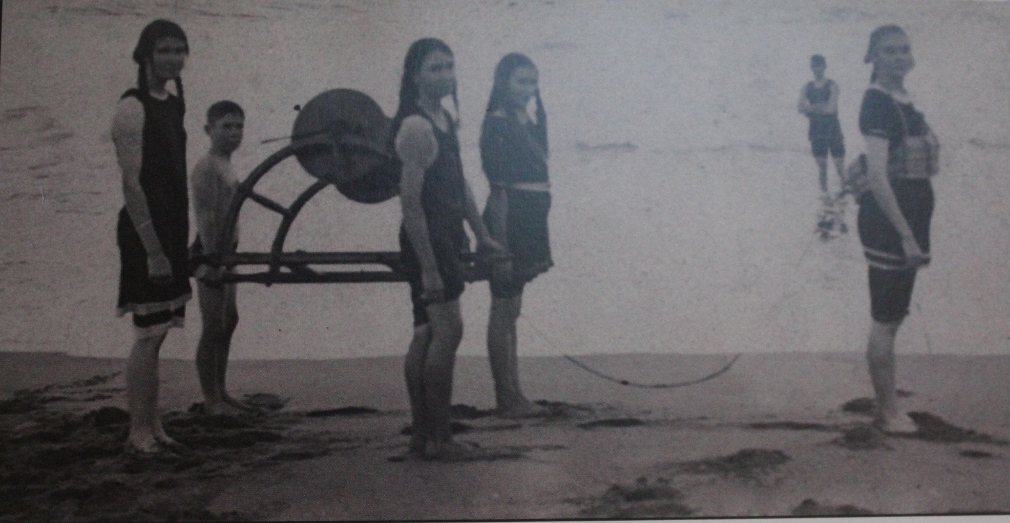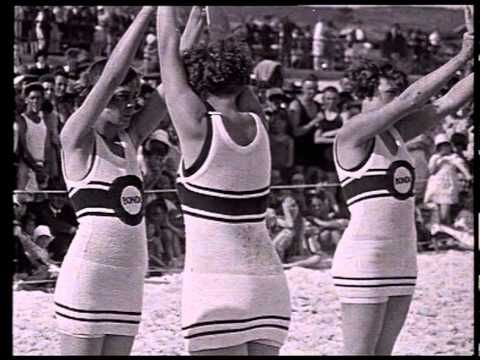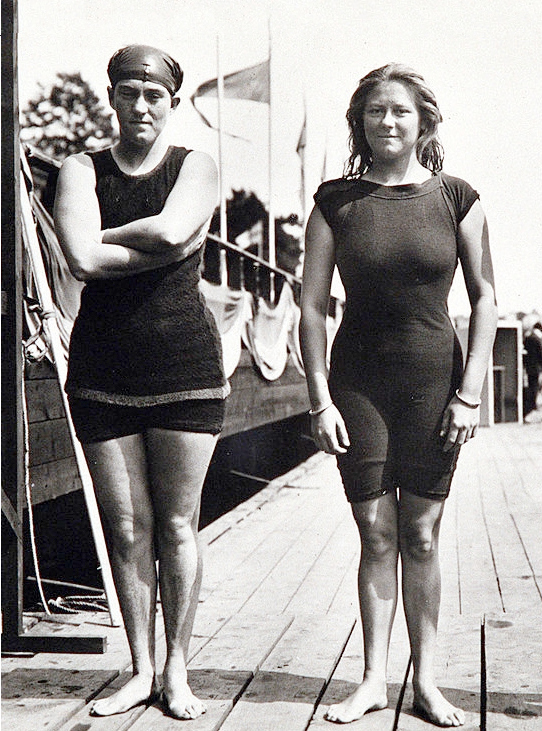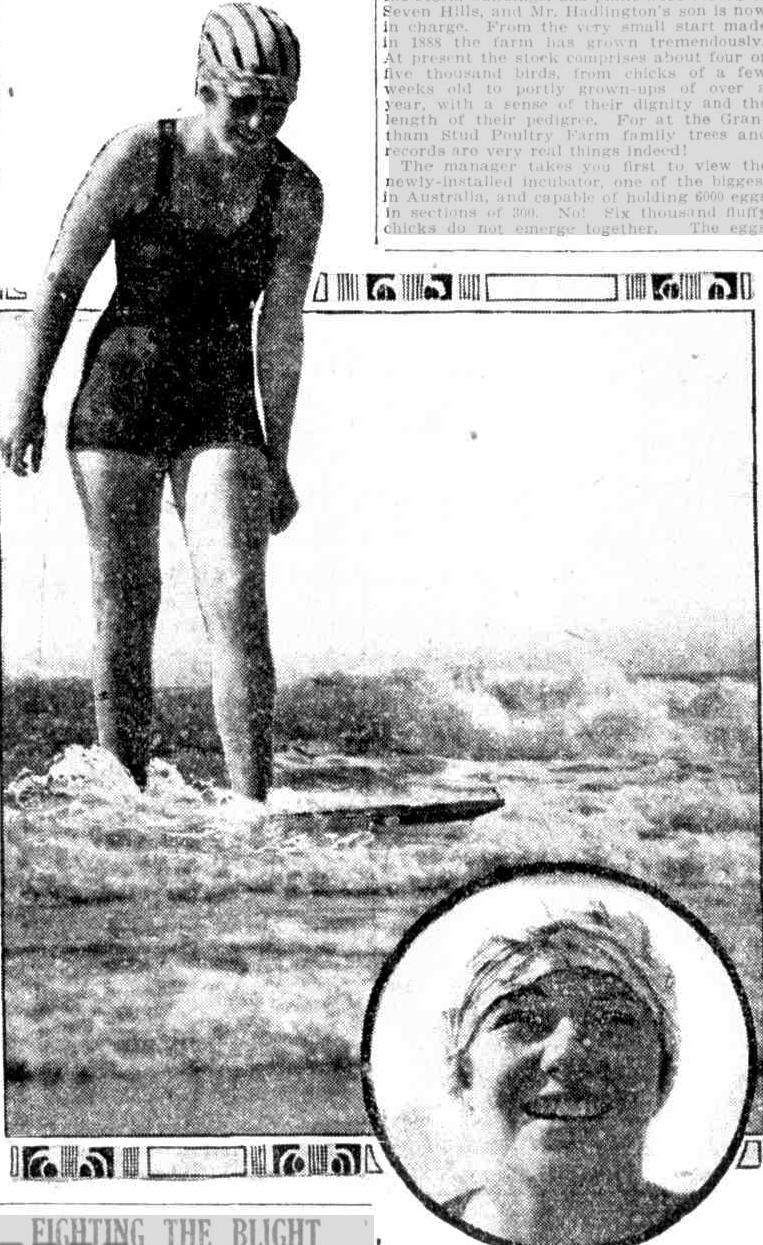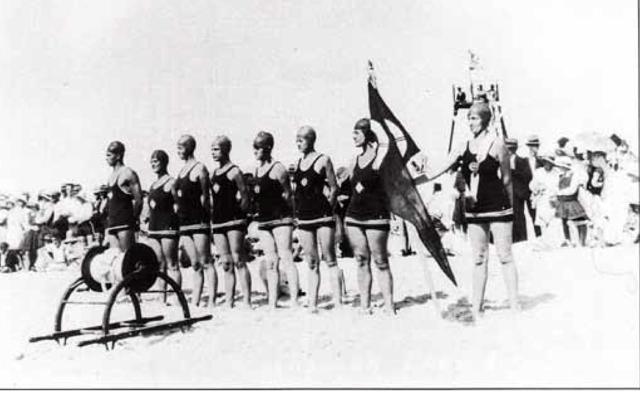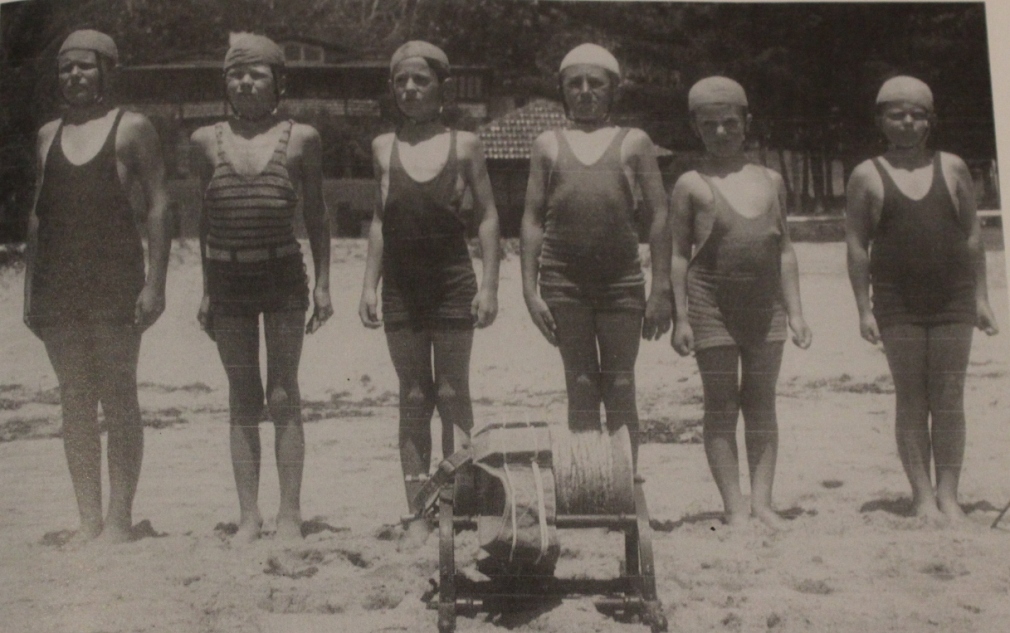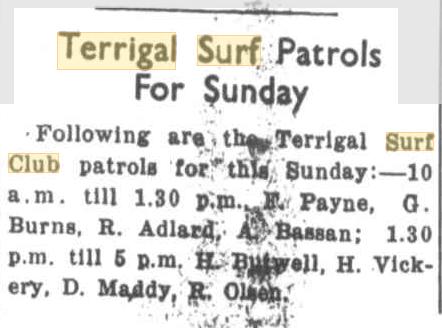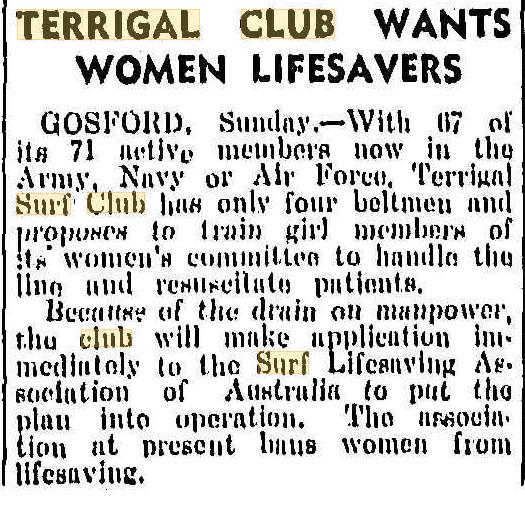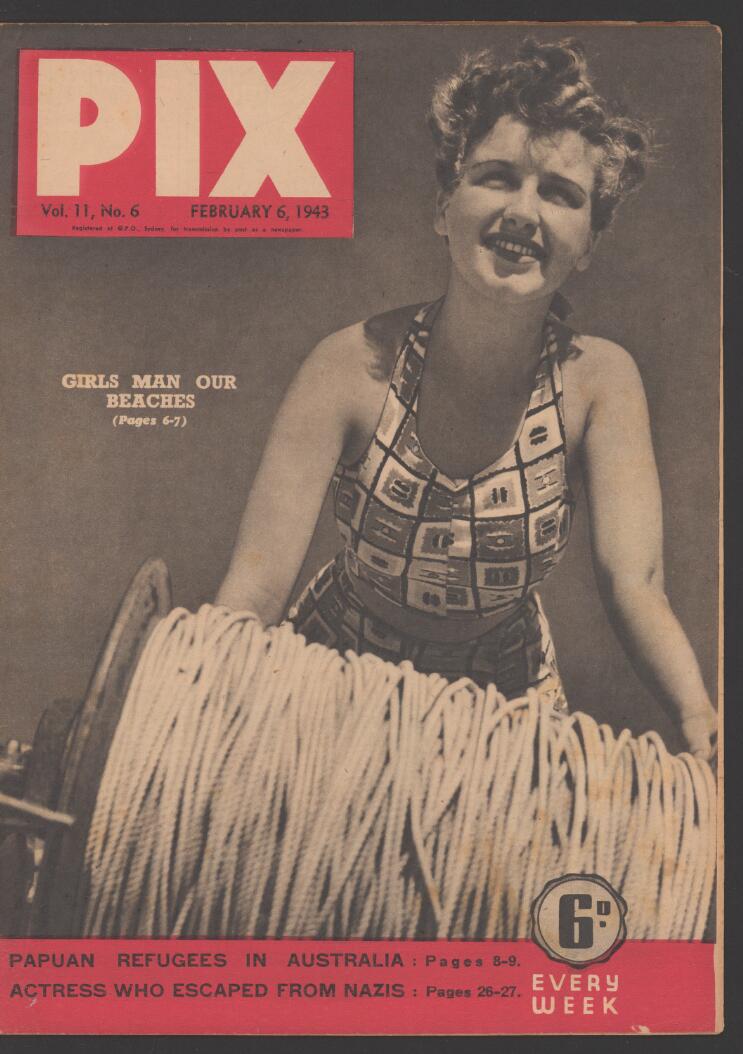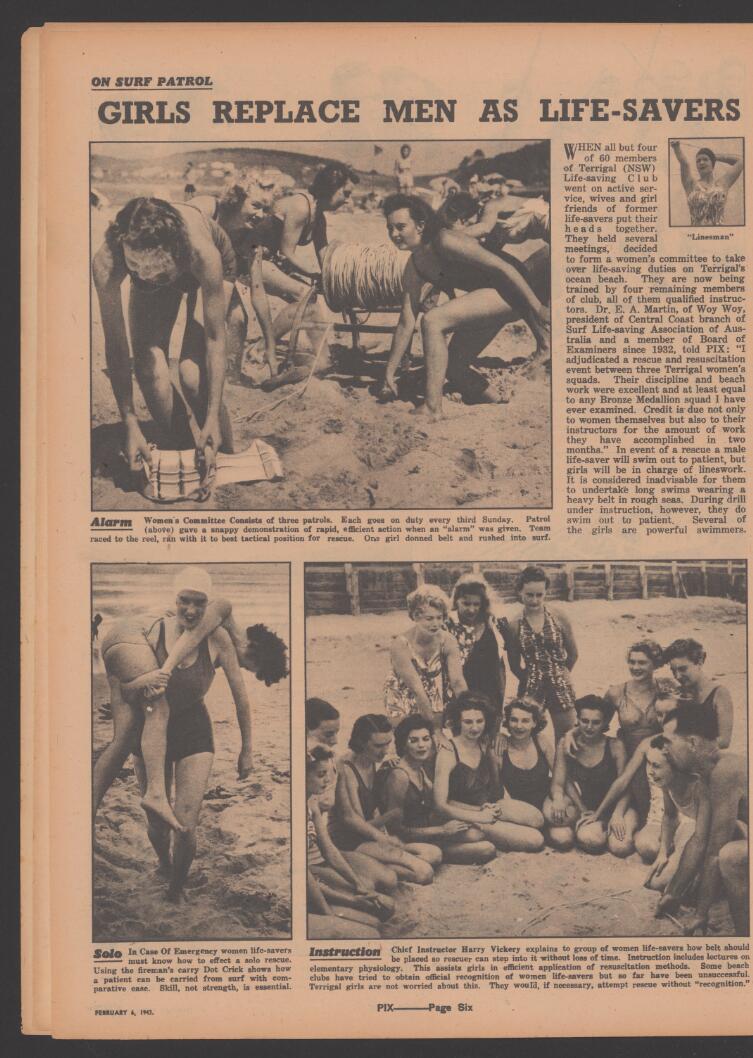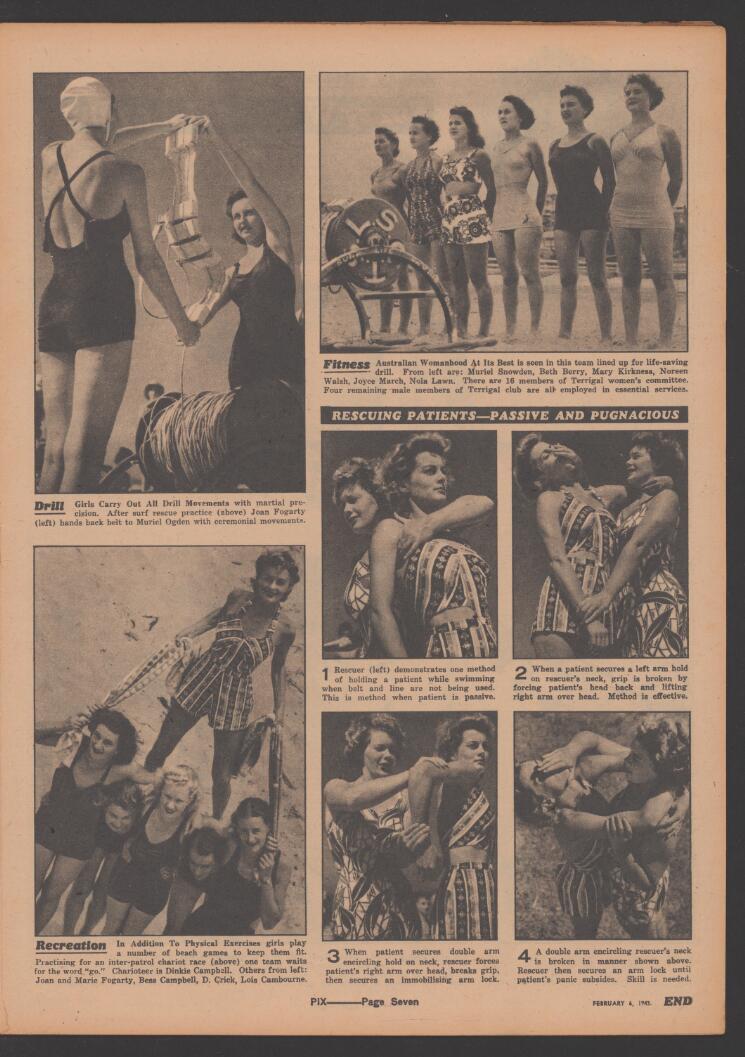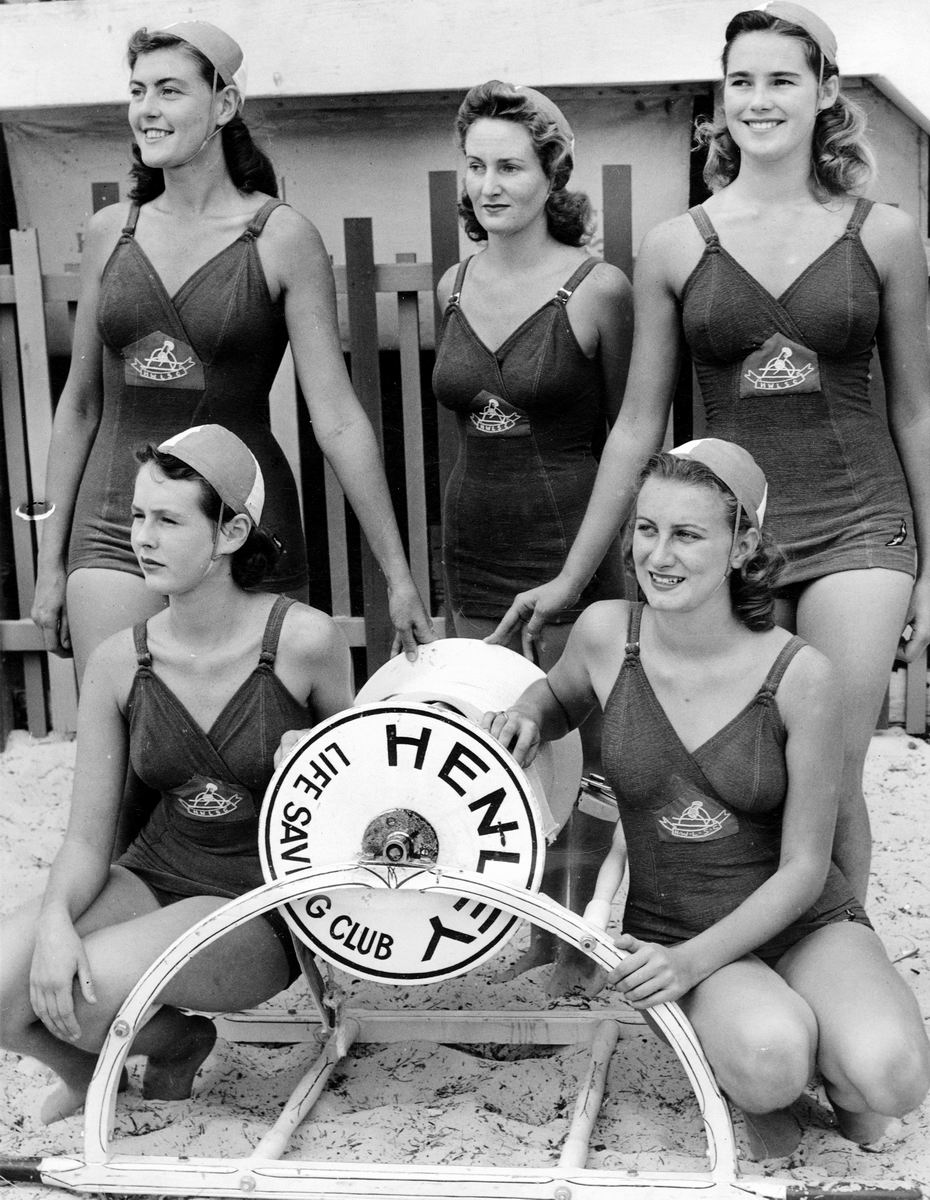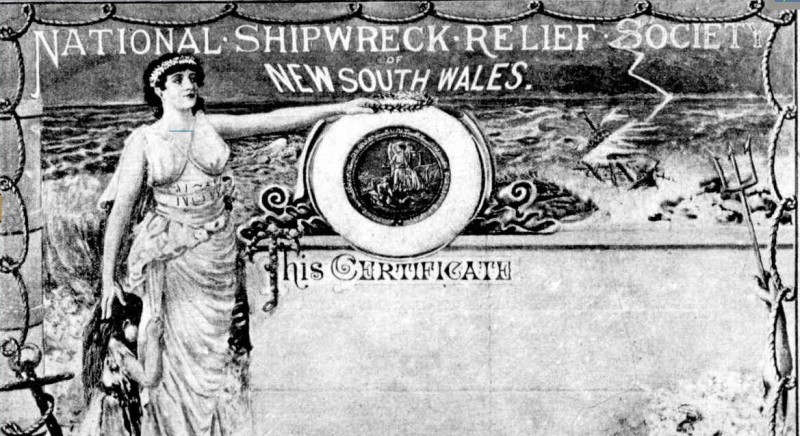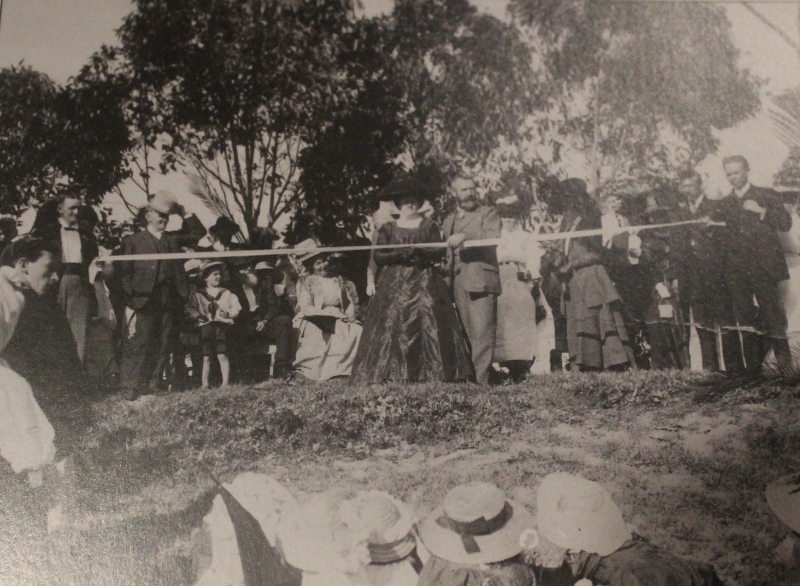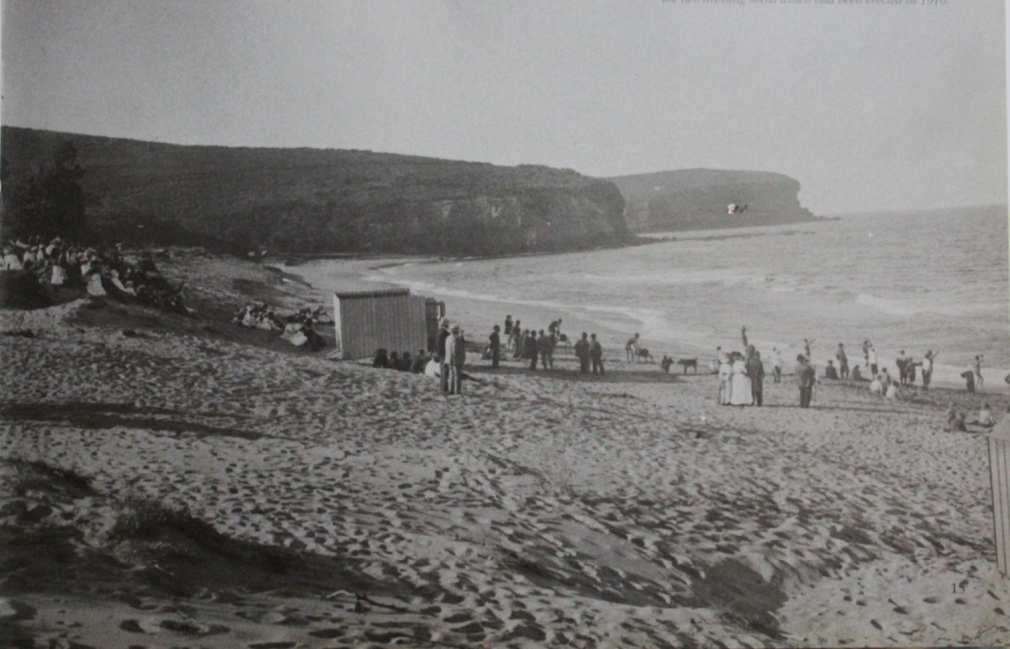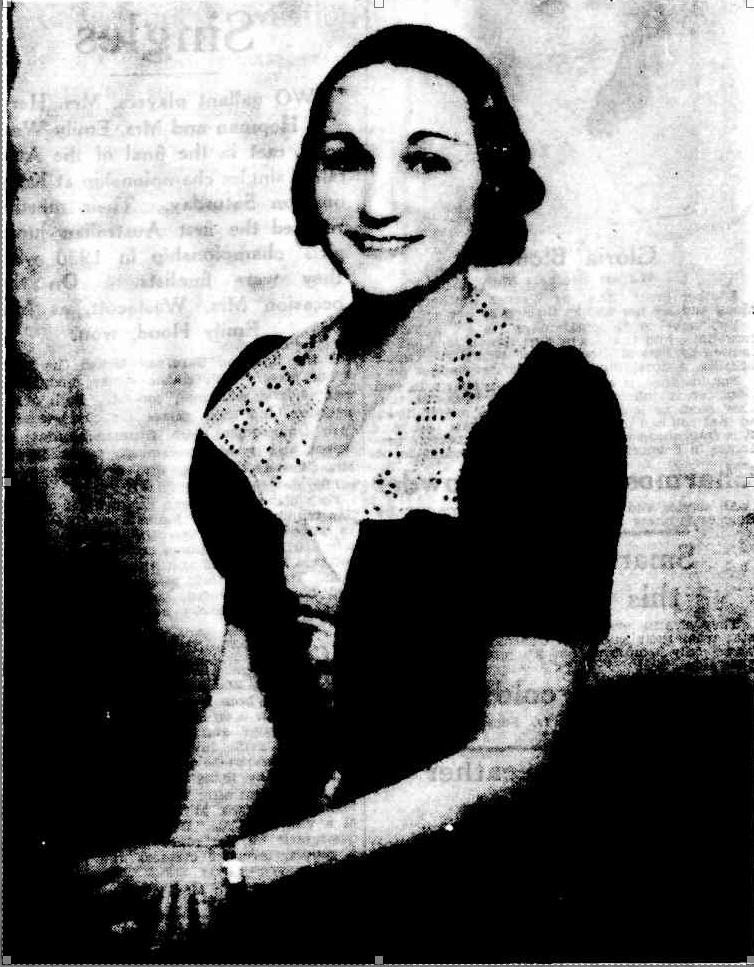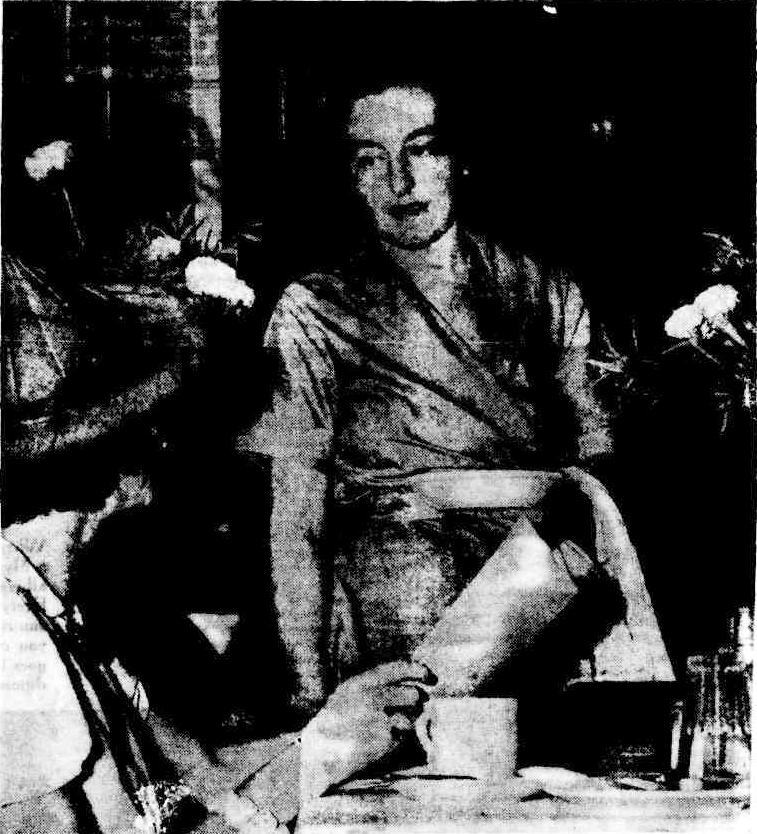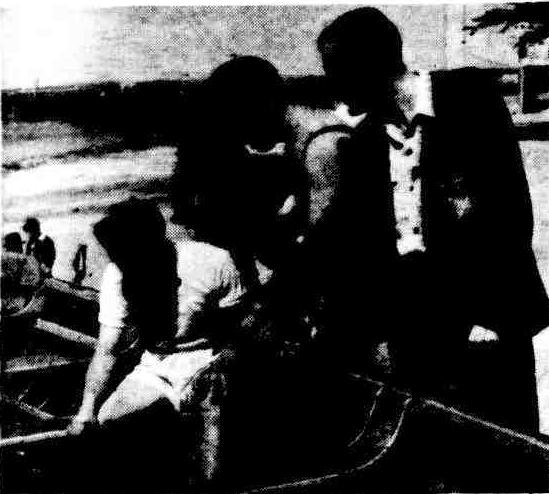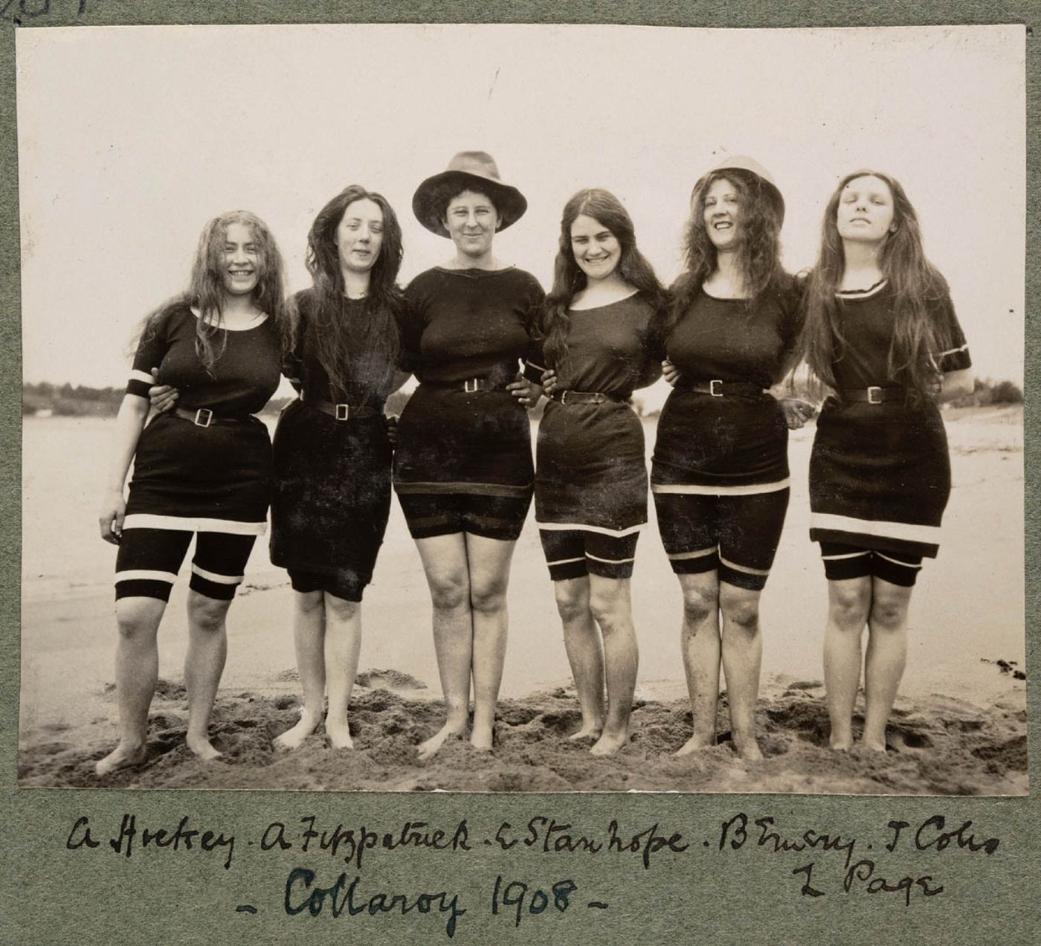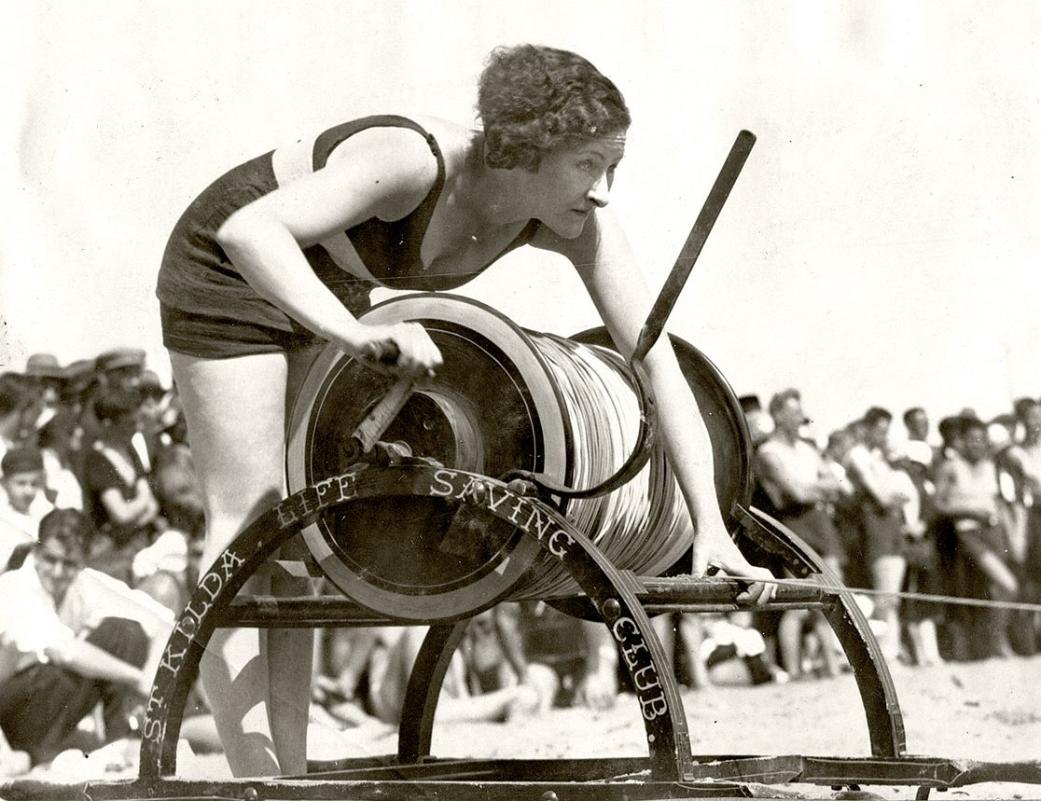Women Who Have Laughed at Death
Heroines in Teashops and Factories
WORLD news during the last three months has told of some sensational acts of heroism by women;,some of the most daring of these have been centred in Sydney. Women have braved fire and water to save lives, and have even beaten off thugs.
Prompted by this unusual record of women's courage, the Women's Supplement turned up New South Wales life-saving files, and found a most moving picture of the gallantry of scores of Australian women.
By a Representative of the Women's Supplement...,
FIRST, from Toronto, came the story of the heroism of two mothers who had died in an attempt to save their children from a bushfire.
Then, barely two months ago, came the amazing story of Mrs. Ada Milton, 48-year-old English woman, and mother of four children, who, in the height of a storm, saved the Liverpool Street to Norwich express, with its load of 400 people, from a great disaster by a margin of 20 seconds. A tree had crashed across the rails, and with only a few minutes to go before the train, speeding at 70 miles an hour, was due to pass. 'Mrs. Milton' battled through the storm along the line; crashed twice on the sleepers, and collapsed at the nearby railway station as she warned them of the danger.
Almost immediately Sydney added to this striking crop of heroic acts by women. In a £10,000 city furniture fire, Miss Penfold, a young fore-woman, dashed back through flames and smoke to help rescue six girl workers who had been trapped while at morning tea. Another brave act took place at Summer Hill, only a few days ago, when Mrs. A. Gray, realising that her daughter was caught in the bathroom of her fiercely-blazing home, beat her way through a glass door and a wall of flames to save the girl. Within this same short period of three months, women have made outstanding rescues from drowning in New Zealand and Australia; and in Sydney alone, young girls and women have beaten off armed thugs, and have even chased them while men gaped.
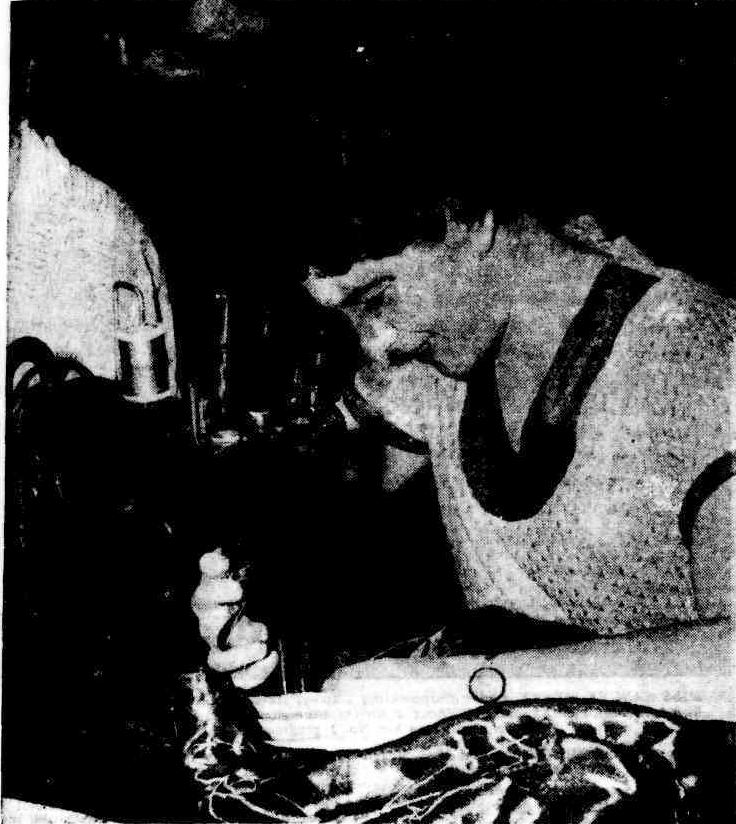
Miss Jean Samson saved a man from drowning and then walked off the scene as if it is part of her day's job. Here she is at her real job-as a machinist in a well-known tailoring shop.
Miss Letty Stewart, of Vaucluse, is 22, and loves her kindergarten work. Ten years ago she was a heroine in the Greycliffe ferry disaster.
"Your order, please.-' There was no time for such deliberation when this city waitress. Miss Mary McNamara, saved a man from drowning under difficult conditions.
Sung and Unsung.
WITH these stories in mind, .we turned to the only available State records that would tell us of past deeds of heroism by women, those kept tot 58 years by the Royal Shipwreck Relief and Humane Society at their Pitt Street office.
The first report of awards for courage was made in 1880, and from that year until 1898, when the society printed descriptive paragraphs on the circumstances of each act, there is a mere list of names to go by, but there is a tell-tale "Mrs." to show that the very first award went to a married woman. She was Mrs. Maria Boldt, and won her Silver Medal in 1880. A married woman also took the second award.
Thereafter was a sprinkling of from two to six or seven women each year. Silver and bronze medals were numerous, and at last, in 1928, the most remarkable of all years for rescues by women, came the one award of the coveted gold medal that has been given to a woman in this State. Rescues from drowning predominated, but there were others, from flood, fire, electrocution, gas poisoning, a runaway horse, and a bull.
Almost half of the rescues were by juveniles, ranging from five to 16 of 17 years.
Sea Dangers.
IT is difficult to measure the Qualities of heroism and set one instance of it up against another. But for all the 'uncertainties of the Question, there can be no doubt of the utterly fear-less work done by Lucy Bell Donaldson, the 1928 Gold Medallist. This 21-year-old' girl' went swimming with a companion at Scotts Beach, Newcastle. A man whom she knew swam with them and then plunged on ahead. Suddenly he shrieked, and .the water reddened round him.. Sharks! The man was terribly mutilated, almost beyond, help, but this girl swam to him, tried to bring him.in, and when she lost him once, swam back again, and brought him to land. Not once but twice she risked a horrible death.
The Coroner at the inquest paid this tribute:
"I desire, from the Bench, to commend your singularly brave act. It was performed while you were practically alone, and certainly in most dangerous and depressing circumstances. It reflects upon you the utmost credit!"
The same year has another fascinating story that had its beginning in horror, and this time two young girls were the heroines. Letty Stewart was 11 1/2, and Eugenie Wise was 16 when the harbour ferry Greycliffe, cut in two by the Tahiti, tossed them and some scores of others into the water Letty Stewart, the "little girl in green," as described by the signal master at South Head, swam to a broken portion of deck, which was floating about, dragged her companion Eugenie to safety and with her help, pulled two more women on to the raft. The "little girl in green," who lives at Vaucluse, has since come of age.
Fire and Water.
IN 1936, at Seven Mile Beach, Gerringong, Miss Mary McNamara swam out with an oar to a drowning man, struggling over 120 yards against the perils of a crashing sea, and the additional menace of sharks. She works daily in a George Street restaurant, and enjoys her job as a waitress.
Miss Jean Samson, of North Bondi, was only 15 when she saved a young man of 19 from drowning in 1937. She is a keen Sunday school worker, and was swimming with some of her pupils in the Nielsen Park swimming pool on Anniversary Day. When someone said a man was drowning, she dived and brought up the youth, left him to be resuscitated, and disappeared so suddenly and effectively that it was some time before her full heroism was proved. She works as a machinist in a well-known city tailor's shop.
But that remarkable year 1928 deserves telling in full. Pearl Gallantry lived up to her name by saving a girl in Sydney Harbour. Three more girls, ranging in age from 14 to 17, made rescues from drowning. Ivy Bridge, aged only nine and a half, left in charge of younger brothers and sisters one night, saved them from death by fire. A night candle set fire to the bedroom, and Ivy, who was in another part of the house, made four separate journeys into the inferno to rescue the children. Then, in spite of burns, she shouted until help came. Another young girl made five attempts to bring up the body of a man who had fallen from a ferry, under the worst of harbour conditions. All these were in addition to the Gold Medal rescue and the Greycliffe'-incident. ;
Very Little Heroines.
ANOTHER ten-year-old child, Lilian. V. Saunders, saved her small sister from fire in 1911. The enthusiasm at her public decoration reached one of the most tumultuous ever known ...of the society, which were really famous for their enthusiasm.
In 1914, Geraldine Arclibold (14) saved a tiny four-year-old girl right from the feet of a madly plunging horse at Orange. In 1917, Beatrice Nash, 13, although she could not swim, jumped into six feet of water in the Leichhardt Canal and saved her three-year-old sister who had fallen there unconscious.
Younger still was Irene Lee, 8, who in 1922 saved a brother and sister from fire. A remarkable fact ls that Irene was not long out of hospital after a long spell there. Harriet Evans, ll, pushed a small child out of the way of a striking snake, and took the bite on her own arm. Nor do these cases exhaust the list of very young girls who have been "little heroines."
Storm and Shipwreck.
THERE has been a young Australian "Grace Darling," for thy circumstances of Janet Shearer's rescue in 1908, of four youths whose boat had capsized on Lake Albert in stormy weather, surely warrants-this-title. She was only 15, and knew nothing of the management of a boat, but when she saw the capsize and could not get help, she pushed out in a "flattie," and, against a strong wind managed to work her way out to the wreck just in time to take off the numbed and drowning boys.
Back in the eighties, two women were heroines under storm and shipwreck conditions. When the Kamernka was wrecked at Pedro Point in 1897, Miss
Isabella McLean rushed into a boiling surf to rescue Pilot Captain A. Sutherland, who had been beaten insensible by the waves while trying to swim out with a line to the wreck. Next year, the Maitland was wrecked at Broken Bay. A Mrs. Hammond and the chief engineer were coming in shore by a line, when the engineer became exhausted and collapsed into the surf. This woman, at great peril to herself, reached down until she caught him, and retained her grip until they were dragged through 150 yards of raging sea to safety.
Two- other rescues by grown women will finally serve to exemplify the tremendous and fearless grit that Australian women can be capable of ifnecessary.
Mrs. E. M. Cantwell, of Berrigan, the mother of six children and extremely frail in health, saw a neighbour's house on fire, and hearing a child scream, ran to the rescue. The house was of pine and hessian, and it roared with flame like a torch in the wind. She had to run 250 yards before reaching the house, and had then only the child's cries to guide her through the blinding smoke. A moment or two after she was out of the house with the child, the flimsy place collapsed.
Miss R. Tatham, a Sydney domestic, was first to dive into the water from a ferry when a man went overboard last February. She was a poor swimmer, but she was a Girl Guide officer. A man followed her, and together they rescued the drowning man. Even the police found it hard to get details of the rescue from this self-effacing girl.
